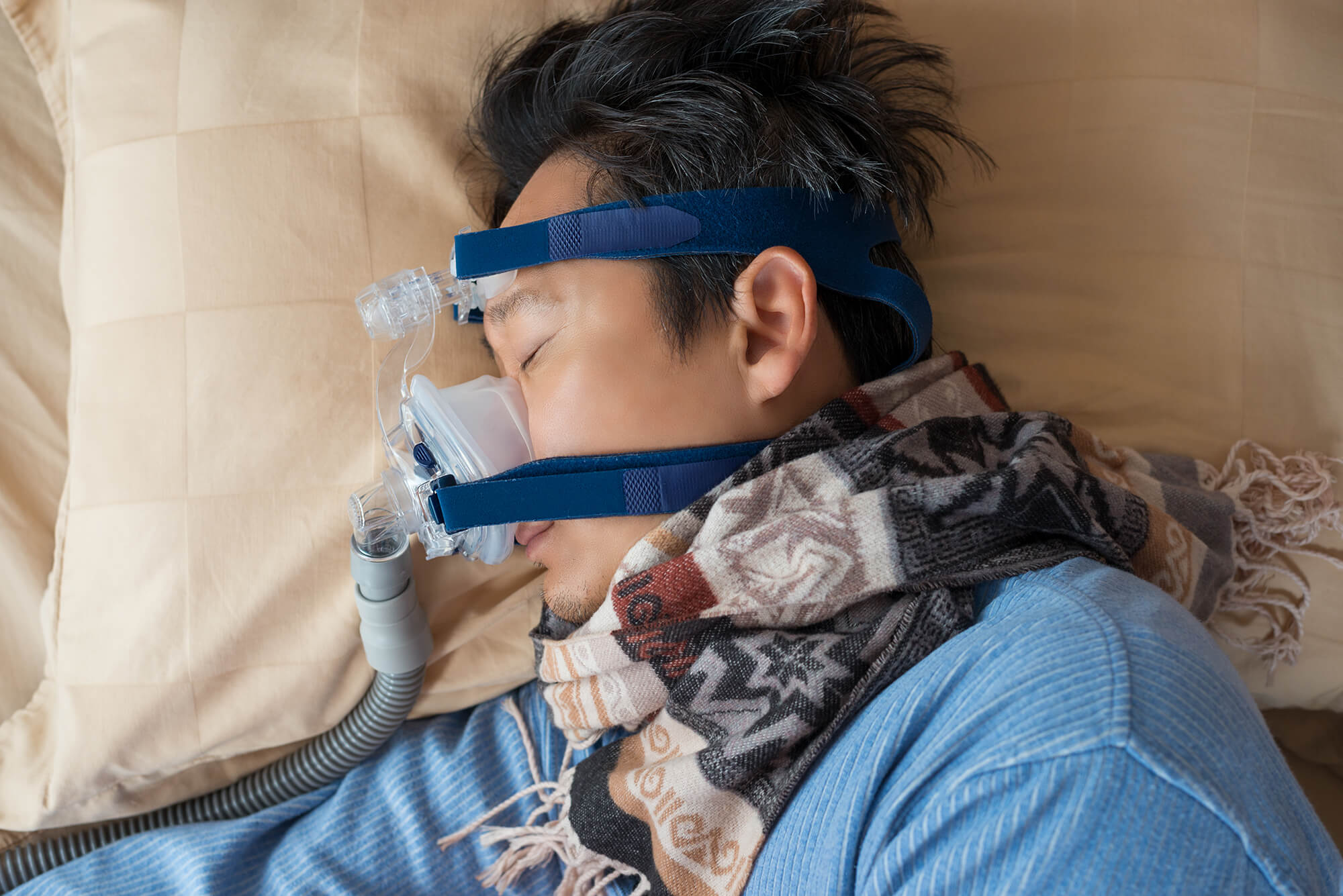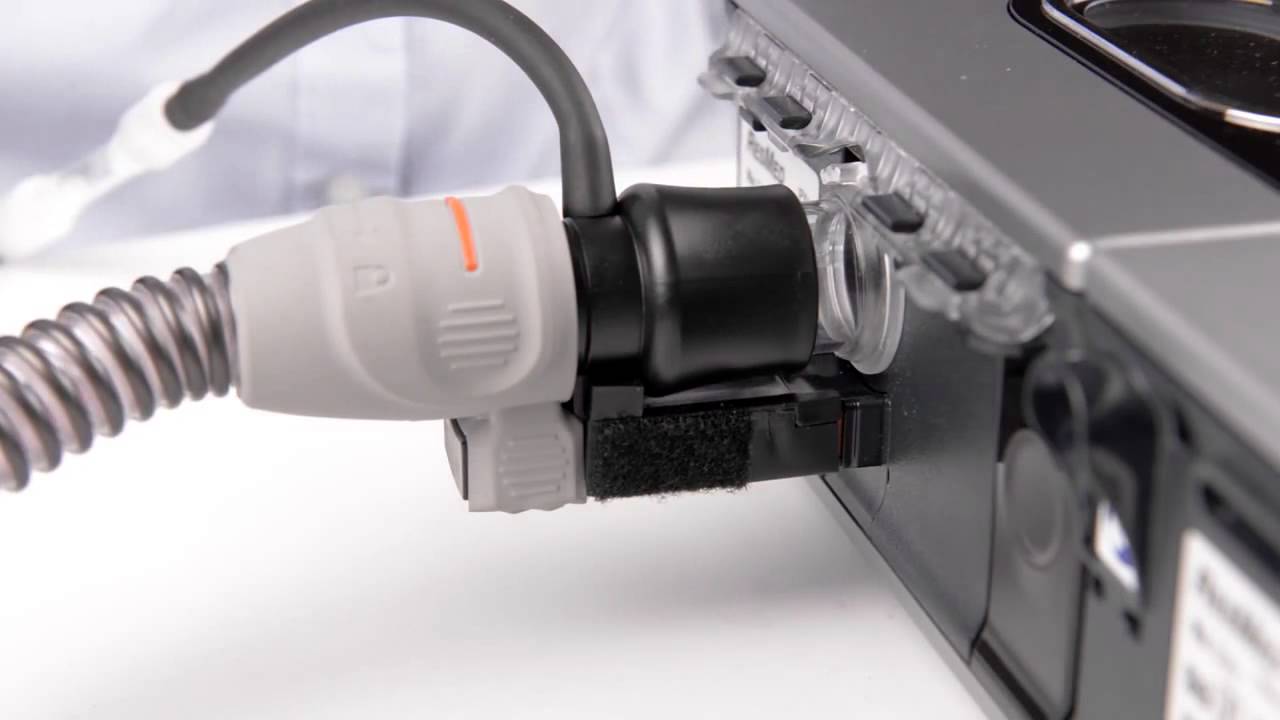Bringing your CPAP machine along on trips doesn’t have to be a hassle, but it is something that needs to be done. Are you still undecided about whether or not you want to bring your CPAP machine with you? Do you remember that time the power went out and you weren’t able to use your CPAP machine? This feeling of tiredness, along with possible headaches in the morning. This is one reason why you should never fly without your CPAP machine.
Consider your CPAP machine to be similar to the prescription you take every day; you wouldn’t dream of going out without it, so why would you ever consider leaving it at home? When going on a trip with your continuous positive airway pressure (CPAP) machine, there are a few things you will want to keep in mind. Where will you be sleeping for the night? How are you going to get there? How long are you going to be away?
What you Should Remember When Traveling with a CPAP Machine
To begin, the CPAP travel bag is going to be the single most crucial piece of equipment you require. You know, the bag that came with your CPAP machine, but since you were under the impression that you would never need it, you stashed it away in the farthest corner of your closet.
Your CPAP bag should always have an extension cord in it. The reason for this is that you may stay in a hotel room where the plug is not located in close proximity to the nightstand. In this day and age, most of us have phones that require charging, which requires a plug. It’ll be easier to keep track of things if you keep your CPAP bag, medication bag, and sleep mask all in the same place.
See also: The pros and cons of medical cannabis

Consider Where you Will Sleep
You need to give some consideration to the location of where you will be staying because of the plug. If you are going to be traveling to a different nation, then you should definitely do some research to determine what kind of plug adaptor you will need. You can look this up on Google, and you can obtain an adaptor for your plug on Amazon. First and foremost, ensure that your CPAP adaptor is inside its bag.
If you are going to be traveling by automobile, it’ll be best to travel with a gallon container filled with distilled water. This is not something that can be done if you are flying somewhere. The Transportation Security Administration (TSA) will not let you bring water into the aircraft. However, you can bring bottled water with you so that I can simply replenish my supply once I am at my location.
Consider How Long You Will be Gone
It is usually a good idea to know how long you will be gone in order to pack the appropriate cleaning supplies for the amount of time that you will be gone. Even though you are only going to be gone for a week, be sure to bring my CPAP travel wipes with you. They are essential for cleaning the face mask.
You shouldn’t worry about cleaning my tube or water chamber for the remainder of this brief period of time. Always make sure to fill your chamber before bed, and empty out any water that wasn’t used the next morning. If you are going to be gone for more than a week, always make sure to bring a bottle of baby shampoo in a travel size with you so that you can keep your CPAP supplies clean while you’re away from home.

Some Helpful Hints for Using a CPAP When Flying
Put your mask in a plastic bag that can be sealed
Putting your CPAP mask inside of a ziplock bag is, in my experience, the single most critical thing to do while flying with your CPAP machine. The reason for this is that when you travel through airport security, they will typically ask you to open your bag and remove the motor from your CPAP device. After passing their open CPAP bag through the security belt, some patients reported that components and portions of their devices have been stolen. If you put your mask in a ziplock bag, the TSA officers will be able to inspect it without having to touch it because they can see what’s inside.
Take your CPAP machine as a piece of medical equipment
Also, be sure that your CPAP has a luggage tag attached to it. Keep in mind that your CPAP is a piece of medical equipment, which is indicated on the bottom of your CPAP in the event that you are questioned about what it is that you are using. It may surprise you that several TSA agents were unfamiliar with the CPAP device. Having said that, considering that it is a piece of medical equipment, it should not be counted as a carry-on item.
Put it down in the space in front of your feet
Always store your continuous positive airway pressure (CPAP) machine in front of your feet, much like your purse. You could put it in the overhead bin, but you’ll risk it being relocated and lost. There is nothing more nerve-wracking than returning from a trip with the fear that you have misplaced your CPAP machine. You are approaching the period when you will probably wish to get some decent sleep.




